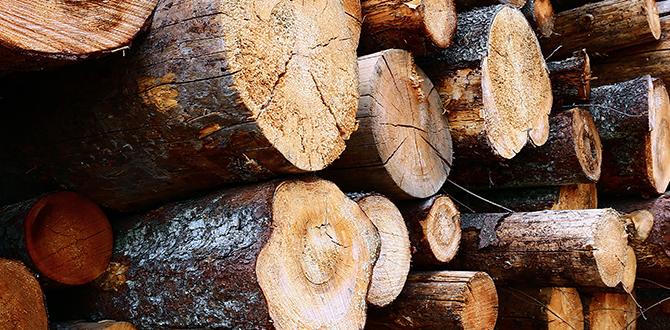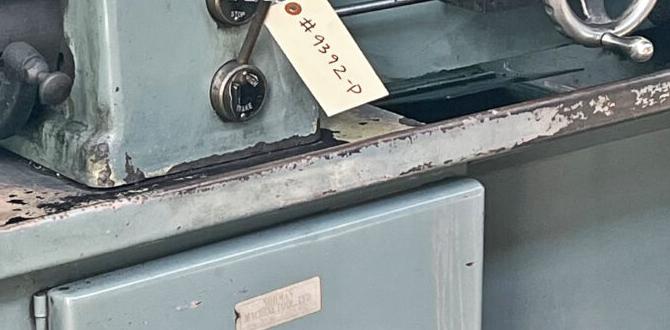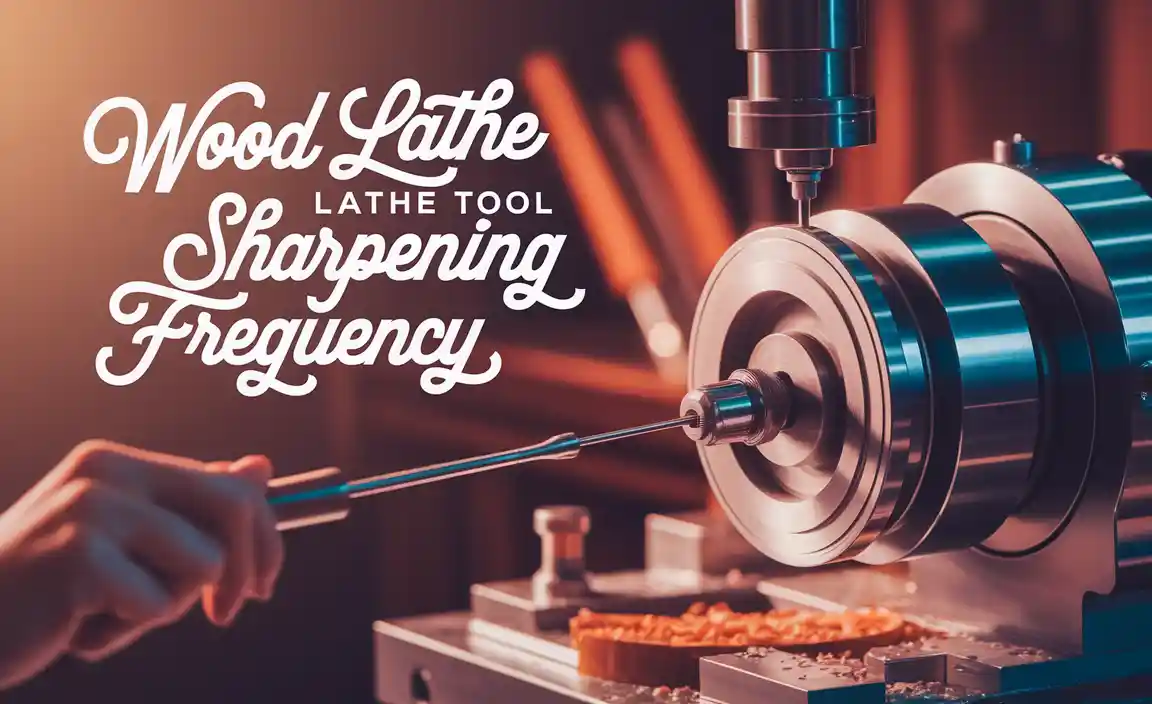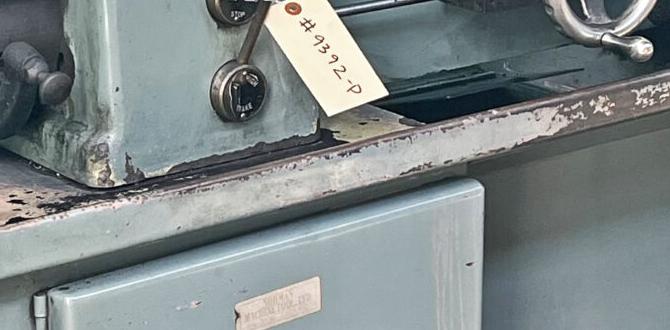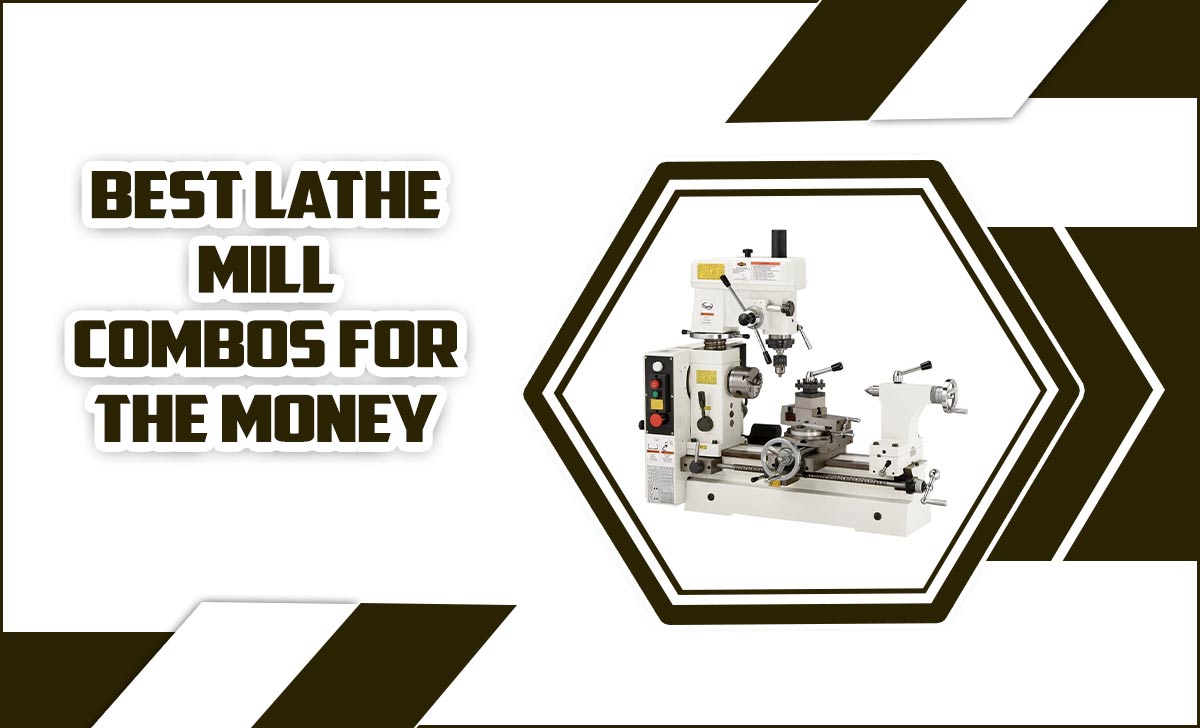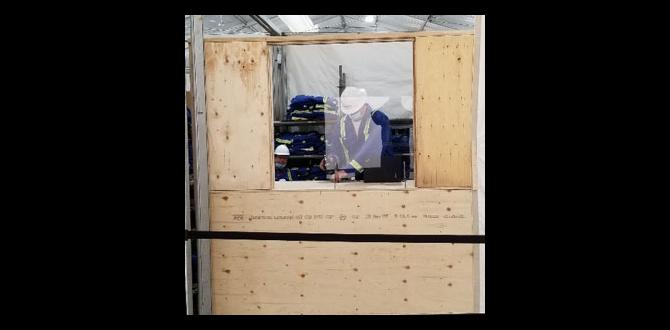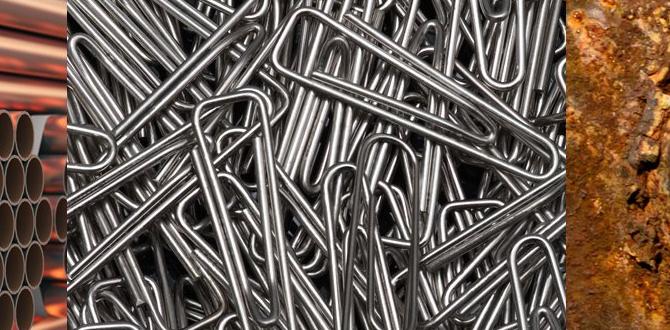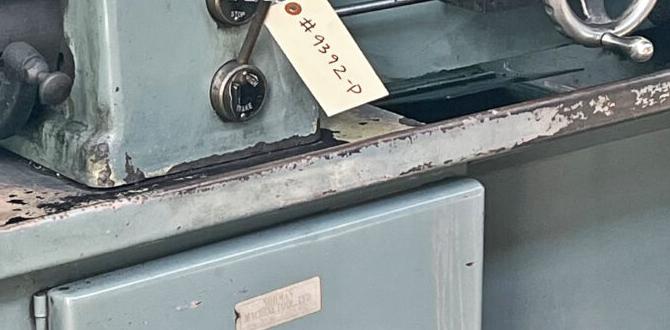Have you ever wondered how machines carve out amazing things from metal or wood? That’s where CNC milling jumps in. Imagine drawing a path for a tool to follow. This path is crucial, but what exactly is it? In the world of CNC milling, experts call these paths “toolpaths”.
Picture a tiny robot holding a pencil. It follows lines you drew on a paper. But instead, the robot uses a cutter that shapes materials. Toolpaths guide this process, making sure each cut is perfect. Did you know that even tiny toolpath mistakes can lead to big errors?
Let’s dive into the fascinating world of toolpaths in CNC milling. Why does this seem so magical? Well, machines can whip up parts for cars or planes with precision! From straight lines to complex routes, toolpaths have a big role. Ready to discover how this hidden art makes everyday objects possible?
Cnc Milling Toolpaths Explained: A Comprehensive Guide
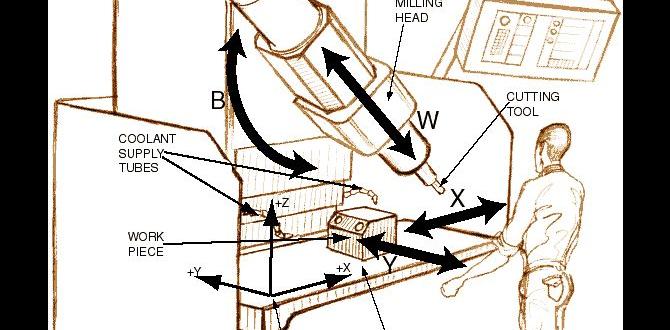
CNC Milling Toolpaths Explained
Ever wondered how machines carve out intricate designs from solid blocks? CNC milling toolpaths hold the secret. Think of them as the GPS for milling machines, guiding tools to cut with precision. From simple shapes to complex 3D objects, these paths decide how the tool moves. Whether it’s zigzags or spirals, each path offers unique precision. Did you know even toys use these paths? CNC milling toolpaths make manufacturing more exciting!Types of CNC Milling Toolpaths
Contour toolpaths: Purpose and application. Pocket toolpaths: Key features and when to use. Drill toolpaths: Explained with examples.CNC milling involves various toolpaths, each serving a unique purpose. Contour toolpaths help shape the outer edges of designs. They are ideal for tracing outlines and creating smooth finishes. Pocket toolpaths are perfect for hollow areas within a block. They remove material from enclosed spaces. Use them when you need pockets or cavities. Drill toolpaths create holes quickly and efficiently. For example, they are used for making holes in panels or plates. Mastering these paths is crucial for precise and effective CNC machining.
What are the primary uses of contour toolpaths?
Contour toolpaths are mainly used to cut the perimeters of shapes or parts. They improve the edges of the material, leave a smooth finish, and are vital for trimming excess material. Imagine tracing around a cookie mold; that’s similar to what contour toolpaths do in a CNC process.
Key Benefits:
- Creates clean edges
- Improves the final look
- Efficient in shaping projects
Factors Influencing Toolpath Selection
Material type and properties. Desired surface finish and precision requirements.Choosing the right toolpath in CNC milling is important. It depends on several factors:
- **Material type:** Some materials, like steel, are harder. They need slow speed for precision.
- **Properties:** Softer materials may need different paths for smooth cuts.
- **Surface finish:** A shiny and smooth finish may require different paths than a rough one.
- **Precision:** Tight areas need specific paths for accurate details.
What role does the material type play in toolpath selection?
The material type affects the speed and tool type. Hard materials need strong tools and slow paths. Soft materials allow faster paths.
Best Practices for Optimizing Toolpaths
Strategies to reduce machining time. Techniques to enhance tool lifespan and surface finish.To make CNC milling faster and extend the tool’s life, follow some handy tips. Use shorter paths to cut down on time. Swap tools before they wear out to keep surfaces smooth. Keep tools sharp to help them last longer. Always maintain proper cooling to avoid overheating. Using the right speeds and feeds also stops tools from getting damaged. These smart practices can make a big difference in how machines work and save time. One wise engineer once said, “A well-maintained tool is a worker’s closest ally.”
How can we reduce CNC machining time?
Shorten tool paths by planning a direct route. This cuts time and boosts efficiency. Use fewer tool changes wherever possible to save more time. Efficient machine use is key.
What techniques help enhance tool lifespan?
Here are some tips:
- Proper lubrication: Keeps the tool cool and prevents wear.
- Regular maintenance: Keeps tools in top shape.
- Coolant application: Reduces heat and friction.
- Monitoring tool wear: Helps plan timely replacements.
How can surface finish be improved?
Use a slow, steady pace for a smoother finish. Sharp tools and correct feeds ensure better results. Regular machine checks prevent quality drop-offs. Clean tools give a bright, shiny surface.
Common Challenges in CNC Toolpath Creation
Identifying and resolving toolpathrelated issues. Tips to avoid common pitfalls during toolpath planning.What are some challenges in CNC toolpath creation?
Creating CNC toolpaths can be tricky. Sometimes, the path isn’t smooth, or the tool cuts too deep. Why does this happen? It could be due to wrong settings or missing data.
Tips to Avoid Common Mistakes:
- Check settings: Always double-check your machine’s settings before starting.
- Simulation: Run a simulation to see if the path works well.
- Right tools: Choose the right tool for the job to prevent errors.
Did you know some machines can cut errors by 50% with the right toolpath? Planning and careful checks make a huge difference!
Future Trends in CNC Milling Toolpaths
Advancements in toolpath customization technologies. The impact of AI and machine learning on toolpath optimization.Welcome to the future where CNC milling toolpaths are as customizable as a superhero’s suit! Imagine shaping metals with the precision of a robot artist. Thanks to advancements in toolpath technologies, you can tweak every move like a maestro. Now, with a sprinkle of AI and machine learning magic, these pathways learn and adapt. Picture your toolpath upgrading itself like your favorite video game character! Isn’t it cool to watch machines get smarter as we sip our soda?
Here’s a look at what’s driving this transformation:
| Trends | Description |
|---|---|
| Toolpath Customization | More ways to personalize paths for unique projects. |
| AI and Machine Learning | Smart optimization for efficiency and precision. |
These changes aren’t just nifty; they’re revolutionary! By 2025, experts predict that 80% of milling processes will integrate AI. It’s like giving machines a superpower cape. So, brace yourself for a world where metal crafting is more of an art than a chore!
Conclusion
CNC milling toolpaths guide machine movements to shape materials. You learned about different toolpaths: linear, circular, and helical. Each has specific uses and benefits. Understanding these helps create precise designs. Try experimenting with simple projects to see how toolpaths work. For more, explore tutorials or books about CNC machining to deepen your knowledge.FAQs
Here Are Five Questions Related To Cnc Milling Toolpaths:Sure! CNC milling toolpaths are like maps that guide a machine on how to cut materials. When we create these paths, we choose where the machine moves and how deep it cuts. This helps us make precise shapes and designs in metal or wood. You can think of it like drawing a picture, but with a cutting tool instead of a pencil!
Sure! I’m ready to help you with your questions. Just ask me anything you want to know!
What Are The Different Types Of Cnc Milling Toolpaths, And How Do They Differ In Terms Of Functionality And Application?CNC milling uses different paths to cut materials. Some common types are flat, contour, and 3D paths. The flat path makes simple and straight cuts, perfect for flat shapes. Contour paths follow the shape of an object, great for curves. 3D paths can cut complex shapes and details, useful for sculptures or designs. Each type helps us create different shapes and details in our projects.
How Does The Choice Of Toolpath Affect The Efficiency And Quality Of The Machining Process In Cnc Milling?The toolpath you choose in CNC milling decides how the machine moves. A good path helps it cut smoothly and quickly. This means your piece can be made faster and look better. If the path is not right, it can take longer and the final product might not be as nice. So, picking the right toolpath is very important for both speed and quality!
What Factors Should Be Considered When Selecting A Toolpath Strategy For A Specific Cnc Milling Project?When picking a toolpath strategy for CNC (Computer Numerical Control) milling, you need to think about a few things. First, consider the shape of the part you are making. More complex shapes may need special paths. Next, think about the material you are using. Hard materials might require different settings. Finally, consider how fast you want the machine to work. Faster speeds might take more care to avoid mistakes.
How Can Advanced Toolpath Strategies, Such As Adaptive Clearing Or Spiral Milling, Improve Material Removal Rates In Cnc Milling?Advanced toolpath strategies, like adaptive clearing and spiral milling, help machines work faster. They change the way tools move to take away material more efficiently. This means you can remove more metal in less time. By using these methods, we can finish projects quicker and save energy too. It makes CNC milling smart and speedy!
What Role Do Software And Simulation Play In Optimizing Cnc Milling Toolpaths Before Actual Machining?Software and simulation help us plan how to use CNC (Computer Numerical Control) machines before we start cutting. We can see the toolpaths on a computer, which shows us how the machine will move. This way, we can find and fix mistakes before we begin. It saves time and materials, making the real cutting easier and better. Using these tools helps us make sure everything goes smoothly!
{“@context”:”https://schema.org”,”@type”: “FAQPage”,”mainEntity”:[{“@type”: “Question”,”name”: “Here Are Five Questions Related To Cnc Milling Toolpaths:”,”acceptedAnswer”: {“@type”: “Answer”,”text”: “Sure! CNC milling toolpaths are like maps that guide a machine on how to cut materials. When we create these paths, we choose where the machine moves and how deep it cuts. This helps us make precise shapes and designs in metal or wood. You can think of it like drawing a picture, but with a cutting tool instead of a pencil!”}},{“@type”: “Question”,”name”: “”,”acceptedAnswer”: {“@type”: “Answer”,”text”: “Sure! I’m ready to help you with your questions. Just ask me anything you want to know!”}},{“@type”: “Question”,”name”: “What Are The Different Types Of Cnc Milling Toolpaths, And How Do They Differ In Terms Of Functionality And Application?”,”acceptedAnswer”: {“@type”: “Answer”,”text”: “CNC milling uses different paths to cut materials. Some common types are flat, contour, and 3D paths. The flat path makes simple and straight cuts, perfect for flat shapes. Contour paths follow the shape of an object, great for curves. 3D paths can cut complex shapes and details, useful for sculptures or designs. Each type helps us create different shapes and details in our projects.”}},{“@type”: “Question”,”name”: “How Does The Choice Of Toolpath Affect The Efficiency And Quality Of The Machining Process In Cnc Milling?”,”acceptedAnswer”: {“@type”: “Answer”,”text”: “The toolpath you choose in CNC milling decides how the machine moves. A good path helps it cut smoothly and quickly. This means your piece can be made faster and look better. If the path is not right, it can take longer and the final product might not be as nice. So, picking the right toolpath is very important for both speed and quality!”}},{“@type”: “Question”,”name”: “What Factors Should Be Considered When Selecting A Toolpath Strategy For A Specific Cnc Milling Project?”,”acceptedAnswer”: {“@type”: “Answer”,”text”: “When picking a toolpath strategy for CNC (Computer Numerical Control) milling, you need to think about a few things. First, consider the shape of the part you are making. More complex shapes may need special paths. Next, think about the material you are using. Hard materials might require different settings. Finally, consider how fast you want the machine to work. Faster speeds might take more care to avoid mistakes.”}},{“@type”: “Question”,”name”: “How Can Advanced Toolpath Strategies, Such As Adaptive Clearing Or Spiral Milling, Improve Material Removal Rates In Cnc Milling?”,”acceptedAnswer”: {“@type”: “Answer”,”text”: “Advanced toolpath strategies, like adaptive clearing and spiral milling, help machines work faster. They change the way tools move to take away material more efficiently. This means you can remove more metal in less time. By using these methods, we can finish projects quicker and save energy too. It makes CNC milling smart and speedy!”}},{“@type”: “Question”,”name”: “What Role Do Software And Simulation Play In Optimizing Cnc Milling Toolpaths Before Actual Machining?”,”acceptedAnswer”: {“@type”: “Answer”,”text”: “Software and simulation help us plan how to use CNC (Computer Numerical Control) machines before we start cutting. We can see the toolpaths on a computer, which shows us how the machine will move. This way, we can find and fix mistakes before we begin. It saves time and materials, making the real cutting easier and better. Using these tools helps us make sure everything goes smoothly!”}}]}
